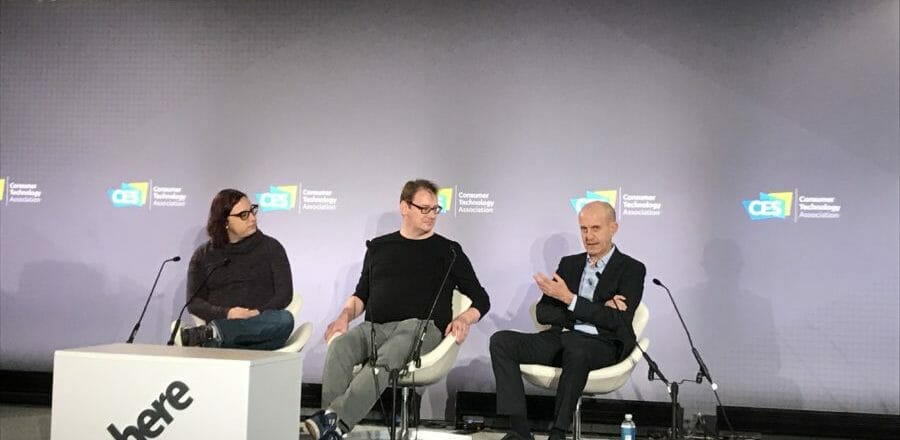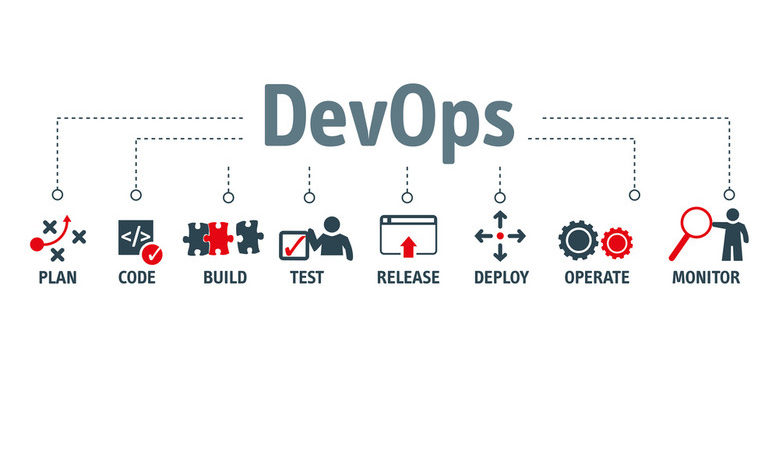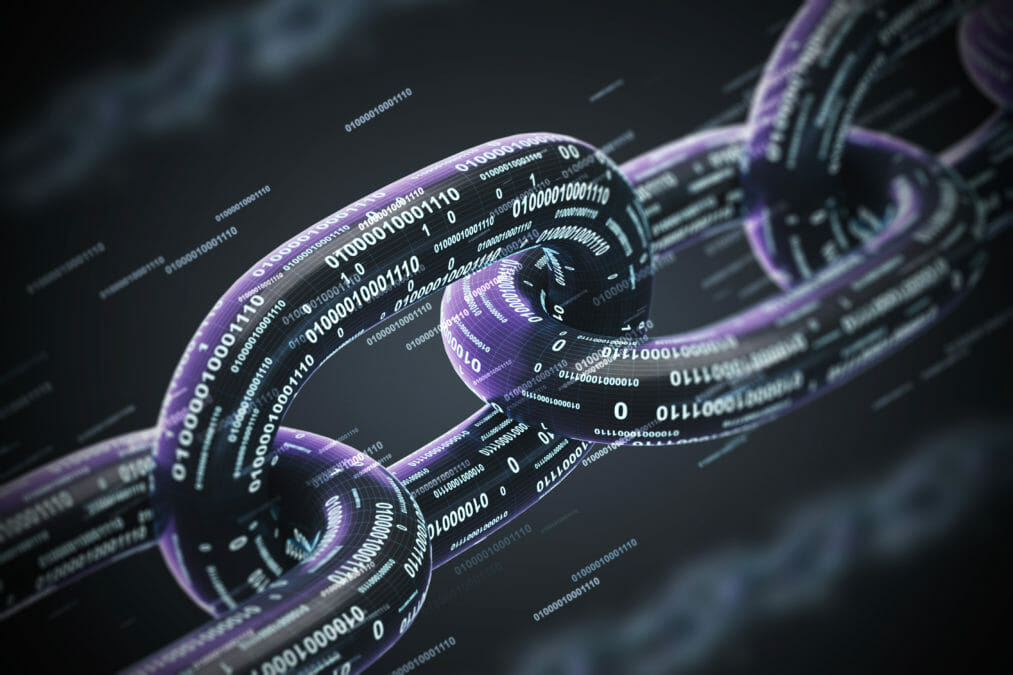Location data can act as a common denominator for improving the vast majority of applications that are optimising the supply chain across various industries.
In this vein, it’s important companies like HERE Technologies — the location and data platform — partner with other organisations that make up different supply chains, whether that’s in logistics or transport.
A recent example of this is the strategic partnership formed between the mapping data provider and Mitsubishi Corporation to drive growth in the Asia Pacific region.
Commenting on the news, Edzard Overbeek — CEO, HERE — said: “Our joint partnership is proof of how different data sets enabled with location intelligence can drive growth, cost efficiency and innovation for customers across multiple industries.”
HERE makes the location data from all the emerging sensors and IoT devices valuable. “Traditionally,” continued Overbeek, “there has been a siloed approach to different modes of transport, for example. The challenge is to integrate that indoor data and outdoor data both online and offline. HERE aggregates all these feeds into one cockpit, which optimises supply chain from first to last mile and results in cost savings of between 2%-4%.”
A platform based on partnerships
“The only way you can be successful with utilising location data in various industries is if you approach them with a platform mindset and form partnerships,” said Giovanni Lanfranchi, CTO, HERE Technologies.
“The risk to go industry by industry, without a platform, means that you could end up with one, two, three, four or five ad hoc type solutions. And in that instance, you cannot leverage the power of the assets we have.”
The NASDAQ for location data
In HERE’s location platform, it manages the data from its partners in a sandbox. It cleanses the data, tags it and categorises it so that the data can be searched
HERE approaches industry partnerships, while adding to its ecosystem via its technology.
As Lanfranchi explained: “we have a common foundation all across what we do. Then on top of that, we have a common set of open location services, such as open search, transit etcetera. These are built on top of our foundation and provide the foundational primitives from a location standpoint. We can then address industry use cases, such as being more efficient in the last mile of delivery.”
He continued: “we are really building a solution for transportation and logistics, which is based on the foundation that leverages in a very cohesive fashion the same set of assets.”

Location data: underpinning a convergence of technologies
With the rise of millions of IoT devices, data-gathering sensors and a convergence of technologies, location has become more available in a huge set of use cases. It’s becoming very customer-centric, everyone — now — has a location need.
1. 5G
In the case of Verizon, the telecoms giant has partnered with HERE to understand, from a location standpoint, the value that 5G — especially at the edge — could provide.
The partnership focuses on co-innovation for a wide range of enterprise, industrial and consumer-facing use cases. The two companies are starting their collaboration by working on vehicle and pedestrian safety such as collision avoidance, and better location identification and navigation for ride-sharing pick-up/drop-off and delivery services.
HERE will be providing Verizon with access to a range of location data, SDKs, and APIs from the HERE platform. Verizon and HERE are also planning to develop new connected services to benefit a range of industries, from automotive to smart cities, to transport and logistics.
“5G is the future, and the scale of the Verizon 5G Ultra-Wideband network is designed to enable higher-bandwidth, low-latency connectivity necessary for more precise positioning,” added Overbeek. “Our partnership with Verizon not only allows us to tap into the innovation potential of 5G but also highlights what is possible when this technology utilises location intelligence: connected services that are designed to make our world safer and more efficient.”
2. AI
HERE is leveraging AI across its location data in two ways.
“The first is that we’re using AI/ML to build the fabric of the maps,” said Lanfranchi. “There is no way we can produce a map without AI/ML, especially if we think about high definition map with precision around the centimetre and with a fresh cycle around the algorithm.
“With Verizon, NTT and many other customers, we’re adding a second key dimension on leveraging AI/ML – embedding the technology into location services, to make them location aware.”
3. Blockchain
When handling any kind of data, trust and privacy are very important. With location data it is very privacy sensitive, because location is about a sequence of data that has a spatial and temporal correlation.
“To meet the necessary requirements, we have built a consent management of privacy component foundation (on the blockchain) that makes clear the chain between the data provider, the data consumer and the data holder,” continued Lanfranchi.
“It’s the only technology that guarantees trust across parties who don’t necessarily trust each other.
“Privacy by design is an important, critical component for the success of location use cases that can run at scale and in production. And we believe that this is one of the key differentiators that HERE can offer.”
Optimising industry
Location data is the cornerstone of the supply chain upstream application — it is a common denominator for the vast majority of applications that are optimising the supply chain in various industries.
“There has been quite a lucky combination of driving forces, sensor data, location as a social habit and AI/ML computing technology that’s fostered this great alignment,” added Lanfranchi.
See also: Location-based apps – Unlocking the true value of your business data










